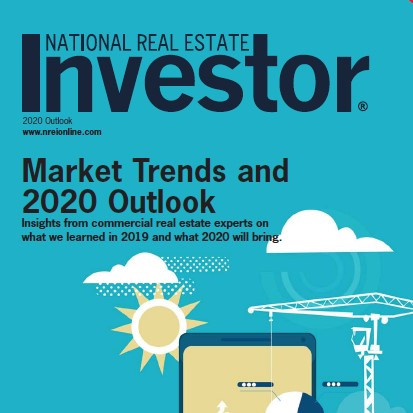Looking back on our forecast for 2019, it is interesting to note that the economic baseline is much the same as we look into 2020 with the caveat of the Impeachment proceedings and Presidential election.
The economy was tested in the fourth quarter of 2018, early 2019 as the Federal Reserve raised rates to what they defined as the neutral rate of interest. The market responded to the downside which raised a cautionary flag on the fundamental fragility of the overall economy.
Since then, the Fed has reversed course and lowered rates several times in 2019. The market is now experiencing record highs. Analysts, at the current Administration, project that the Dow could reach 30,000 by year-end. With that said, we continue to accumulate debt at an ever-increasing rate (US National Debt is $22 Trillion and the Annual 2020 Deficit is estimated to be $1.2 Trillion, or 4.4% of GDP). The unemployment rate is a 50-year low. This economic expansion is based on a formula (Low interest and unemployment rates with high debt) contradictory to all economic metrics known to this day. We are in uncharted territory.
It is important to understand the market and its fluctuation, especially when considering real estate investment strategies. 70% of the annual GDP is driven by the consumer. We can say with confidence that the labor market is healthy. One of the most important leading indicators of the health of the market is the low and steady weekly jobless claims combined with increasing wages, albeit at a modest rate. Consumer confidence remains strong and consequently, retail sales are up 3.3% year over year.
Retail continues to be in transition. By way of example, Department store sales were down more than 5.5% from a year ago and online retailers’ sales were up 14.2%. Clearly retail continues to experience a structural shift lead by technology and consumer behavior evolution. Successful and prosper retailers ought to strategically integrate the convenience of online with the customer service of bricks and mortar.
As for retail investments, not all retail is the same which statement is becoming increasingly apparent as the industry evolves. We expect real estate investors with retail expertise to continue to be active in all retail sectors but with a tendency to be more granular and cautious. Moving forward and in addition to the property’s design and layout, the underwriting needs include robust local market expertise, demographics, tenant activity, tenancy demand, tenant creditworthiness, and relevancy to the market and property. Until now, Retail real estate has been grounded in the `principle of “location, location, location,” which going forward might be better defined as “location, experience, and analytics.”
Finally, the big influencer in retail and the economy overall next year is Generation Z. Exclusively raised with internet and mobile devises, they are forecasted to spend $143 Billion in 2020 which represents an overall 40% of the consumer spend.
In conclusion, there is no compelling evidence of a recession in 2020, we anticipate interest rates and unemployment to remain at a historic low with the chance of another interest rate cut. Retailers will continue to close stores, but new concepts will emerge. Cross channel and omnichannel is the way of the future. As much as things change, much remains the same - retail is fluid, dynamic, and core to the economy, and our economy looks stable for 2020.
